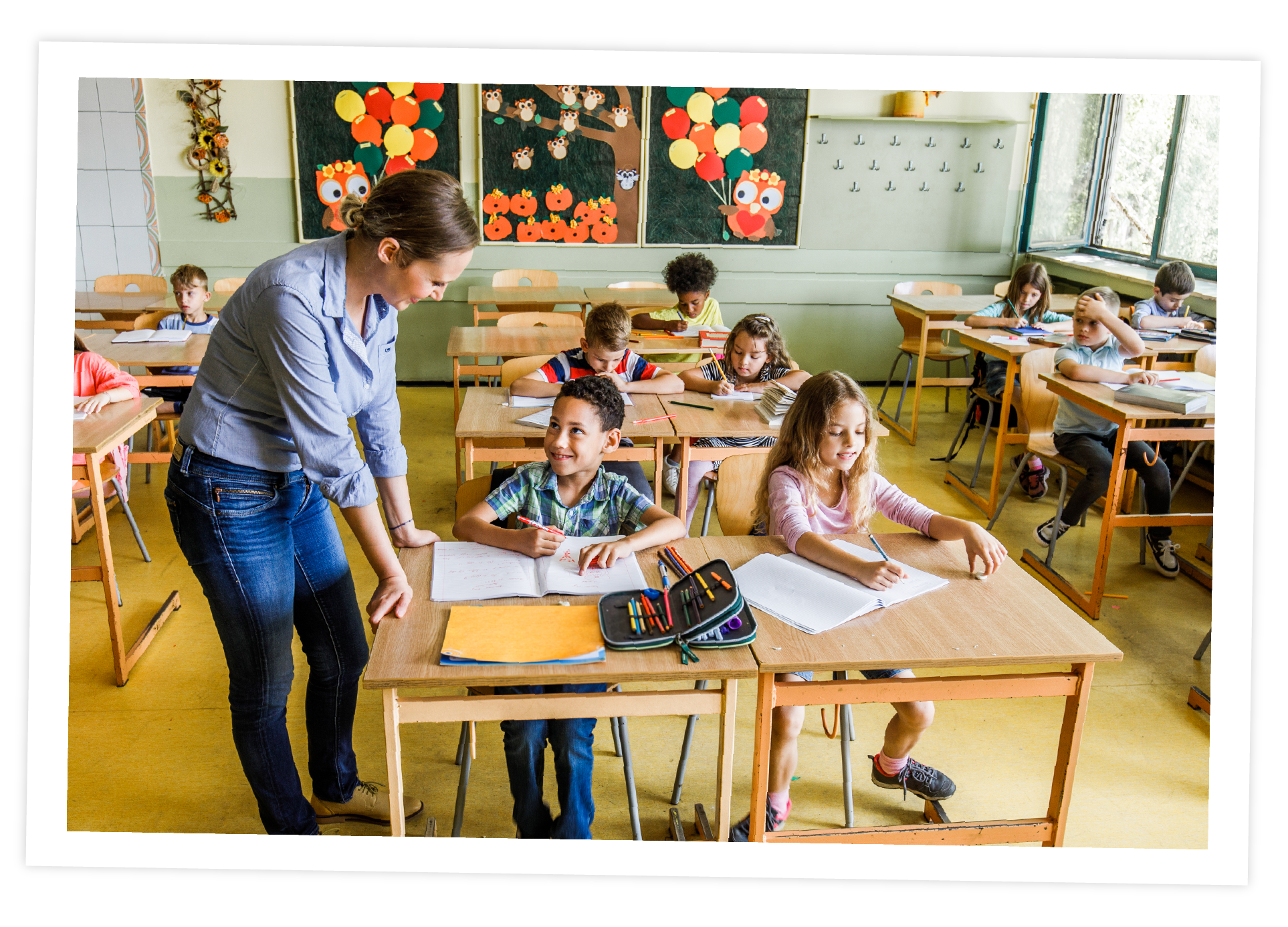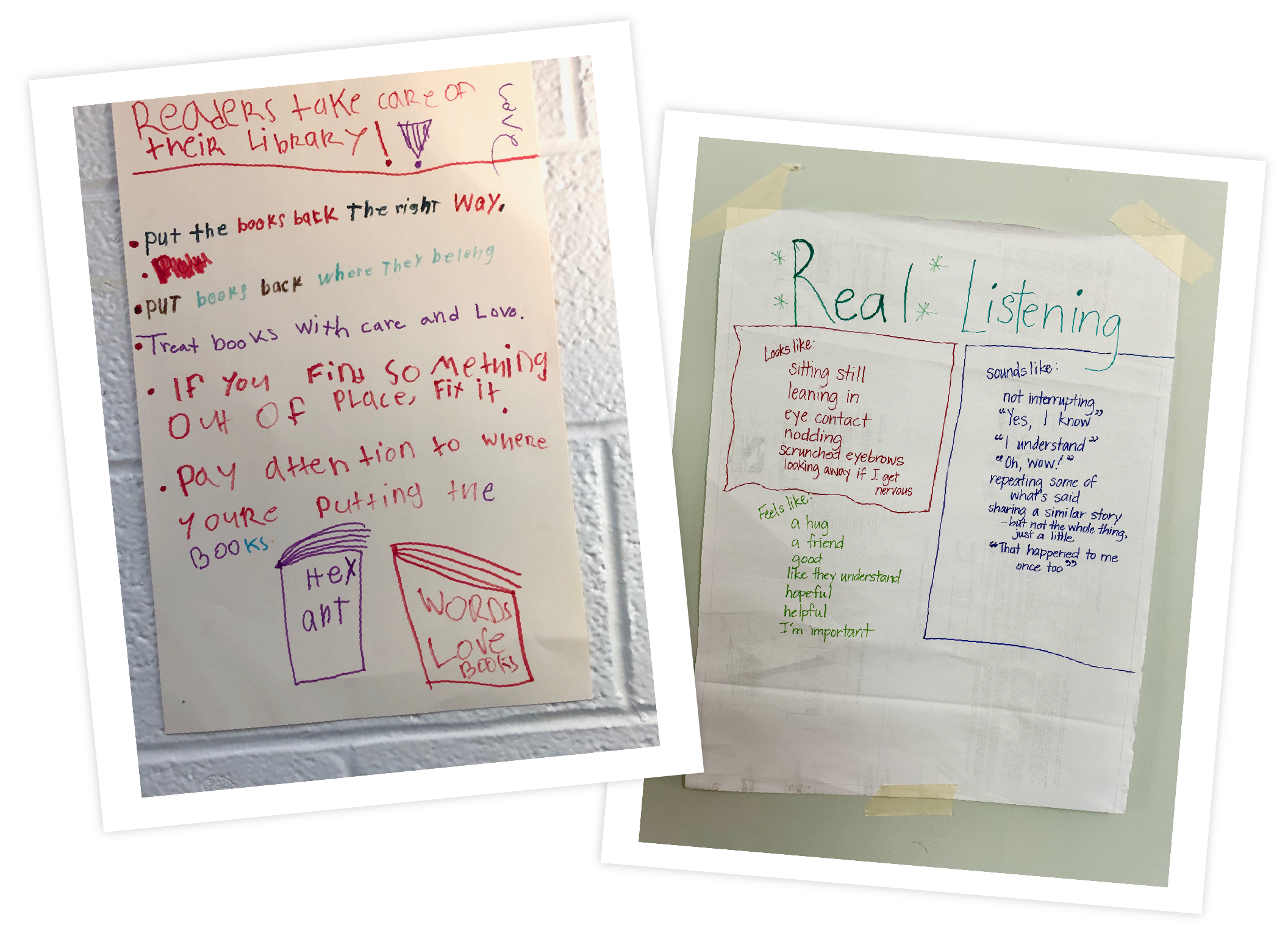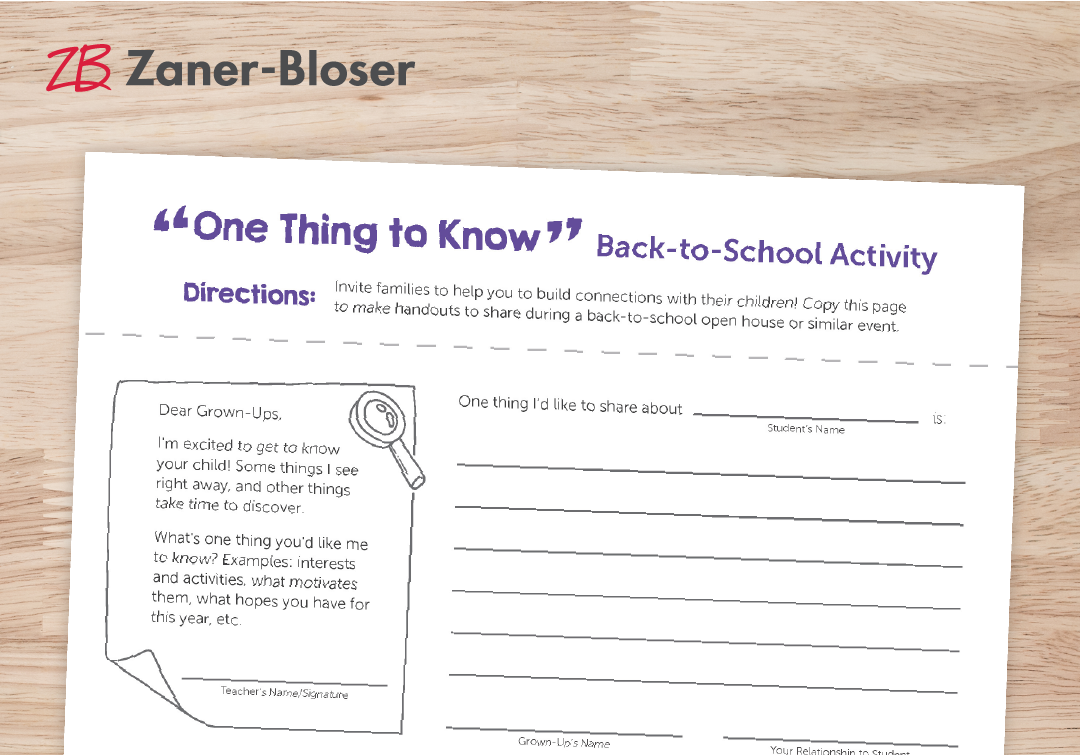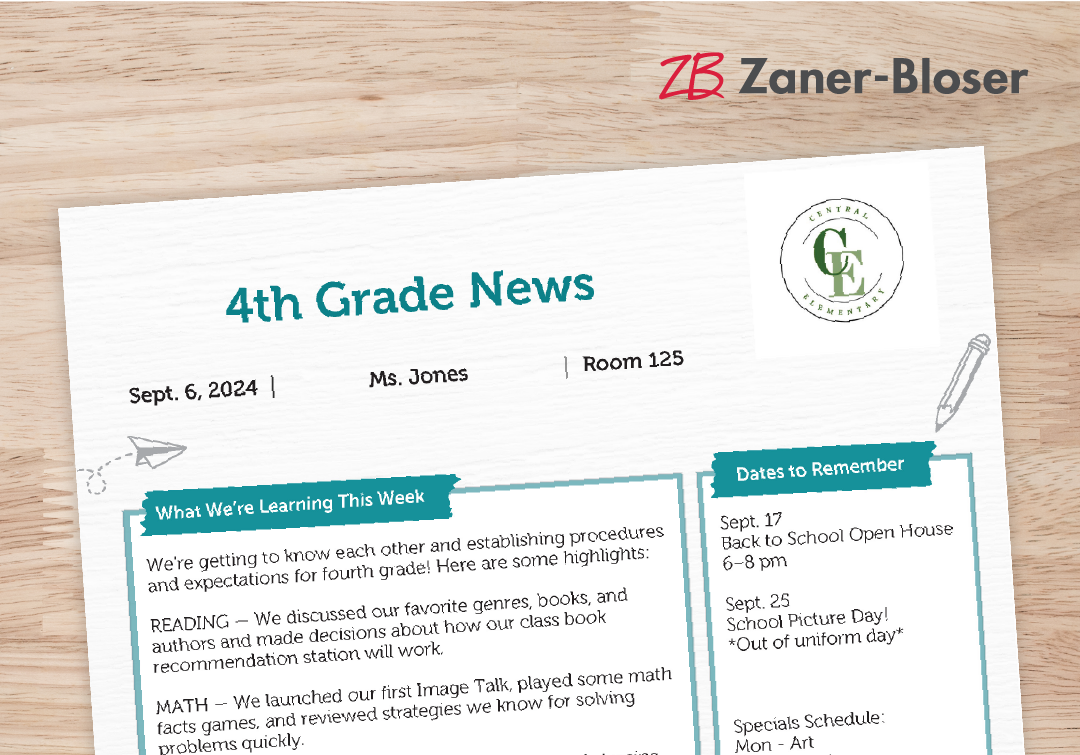
Issue 8 I Summer 2025
Previous Issues
-
SPRING 2025
-
WINTER 2025
-
FALL 2024
-
SUMMER 2024
-
SPRING 2024
4 Timeless Tips for Successful Elementary School Classrooms

Back-to-school season is full of excitement, opportunity, and newness. . . new school supplies. . . classroom décor. . . routines. . . schedules. . . friends. . .
It’s equally important to acknowledge what doesn’t need to change. What already exists that you can continue to rely on?
No matter what’s trending on social media or being talked about in the faculty lounge, there are many time-tested ideas worth leaning into as you plan for back to school and beyond. Let’s dive into four of our favorite timeless tips!
Tip #1: Mind the First Days
Many teachers know Harry and Elizabeth Wong’s bestselling book, The First Days of School: How to Be an Effective Teacher. Even if you’ve never read it or heard about it, it’s likely you’ve internalized one of the book’s main points simply by being in classrooms for many years. In a nutshell, beginnings are important.
What you do in the classroom in the first few weeks of school establishes routines and norms that are hard to reset months down the road. That’s why experienced teachers are so intentional about the seeds they sow at the start of the year. What might you need to explicitly teach each child to help them be a student in your classroom?
Start with the essentials.
- What do you want students to do when they arrive each day?
- What’s the appropriate volume for student voices and what’s the appropriate time for partner and small group talk?
- What’s the restroom procedure? Water bottle refills? Pencil sharpening?
- Where do materials go when class ends or assignments are completed?
Consider what students need to know to actively participate in each part of the day in your classroom as well. Teach them how to be a student in your math class. . . during independent reading. . . in writing workshop. . .and so on. This is the work of the first days of school!
Tip #2: Get Students Invested
It’s human nature to work hard at things you’re invested in—and that means students need to have a sense of belonging and a sense of ownership in your classroom.
Prioritize getting to know one another in the early weeks of the year. Try a mix of quick ice breakers and deeper community-building activities.
Displaying students’ first names on desks, storage cubbies, or coat hooks is not only practical but also helps students feel recognized and part of the classroom. Each name is part of a child’s identity. Posting them with care affirms their importance.
Invite students to participate in rule- and expectation-setting for the classroom. Letting them lead the discussion gives you the opportunity to listen—and hear what they already know, what they value, and perhaps what has worked well for them in the past.
Students can also be given responsibility for decorating or organizing an area of the classroom. How should we organize our classroom library? What do we need in our morning meeting area? What might we do with this bulletin board?

Tip #3: Focus on Foundational Skills
After a summer of screen time, reintroducing pencils and paper may feel like a tall order! But focusing on foundational skills is a great way to get students into a classroom frame of mind. Thankfully you don’t have to work on one skill at a time. Consider “cross-training” foundational skills by combining a few into one activity.
-
Something I’d Like My Teacher to Know. . .
A low-stakes writing prompt, like inviting students to share something on paper they’d like their teacher to know, combines handwriting, spelling, vocabulary, and composition skills practice. . . with an ice breaker! For even more skills practice, students can pair up for a collaborative editing task such as brainstorming different word choices or thinking of ways to expand the piece of writing. -
Collage of Important Numbers
Similarly, a get-to-know-you activity in math can re-awaken students’ number sense and algebraic thinking skills! You can invite students to reflect on important numbers in their lives and create a collage to illustrate them. Take the activity a step further by putting responses on display and asking students to identify trends in the data. Are there any numbers that multiple people mentioned? Can you find a mean, median, and mode? -
Useful Classroom Charts
Craft a clever word prompt to launch a problem-solving or data-recording exercise. For example, students can conduct a simple survey and create a chart that shows how many classmates take the bus, walk, go to carpool line, or stay for extended care at dismissal each day.

These kinds of activities not only help students get to know each other and get back in the habit of sitting at a desk to focus on an assignment but also help you, as the teacher, gauge where each student is in their foundational skill development. Even these quick introductory exercises can provide valuable insight into possible gaps you might need to fill with supplemental instruction later this fall.
What are foundational skills?
Foundational skills are essential building blocks that make complex learning possible. Some examples include:
- Phonics
- Phonemic awareness
- Handwriting
- Spelling
- Vocabulary
- Grammar
- Number sense
- Proportional reasoning
- Operations and algebraic thinking
Why do foundational skills matter?
These are skills that research tells us students need to be successful readers, writers, and mathematicians—not only in the short term in those specific subjects but also for years to come and across many content areas! They are:
- Teachable
They are learned and improved with explicit instruction and practice.
- Observable
They are visible in behavior, performance, or responses and can be assessed, too.
- Transferable
Once developed, they can be applied across tasks, settings, or content areas.
Tip #4: Build a School–Home Connection
When families and teachers work together, students are more likely to succeed academically and socially. Like all important relationships in life, the school–home connection must be nurtured.

Put your own spin on reaching out to say hello and share your enthusiasm for the new year. Send an email or mail a short letter to families—even before the first day of school, if possible—to introduce yourself.
Send home a weekly class newsletter. It can be typed or handwritten, printed or sent digitally. It doesn’t need to be beautiful or lengthy. It just needs to be consistent and easy for families to skim and understand. Even a few bullet points work:
- Recap a completed activity
- Introduce an upcoming activity
- List upcoming events or deadlines
- Suggest an activity or conversation to try at home
Provide opportunities for families to communicate with you, too. You can share your email address and phone number, of course, but some adults don’t know what to say—or don’t feel entirely comfortable—reaching out to their child’s teacher. You can help by prompting and modeling conversations you’d like to have with them. Tools like these may be useful:
-
One Thing to Know About My Child
This back-to-school open house activity invites students’ grown-ups to share a strength, challenge, or interest their child has. -
Positive Postcards
Each week write a sentence or two to five students’ families—just one per day—to acknowledge effort, perseverance, and growth.
You can even suggest topics of conversation in your weekly newsletters. Reach out if you’d like to talk about ways to encourage more reading at home.
New Approaches to Timeless Goals
Perhaps one of the best things about back-to-school season is that it’s an open invitation to try things differently. Just like your students know there are multiple ways to “make 10,” great teachers know there are multiple ways to achieve the four tried-and-true goals presented here.
Teachers have been building classroom communities, teaching classroom procedures, developing skills for lifelong success, and engaging families in their children’s educations for generations, after all! What helps you meet these goals in your classroom? Are you approaching it in a new way this year? Share your story with us for a chance to be featured in a future article!
Free Resources

Back-to-School Night
Encourage family engagement and foster connections with a free printable activity for back-to-school open house events.
Download

Classroom Newsletter
Share what’s happening in class each week with this template. It’s free, fillable, and focused!
Download

Email us at
thehive@zaner-bloser.com